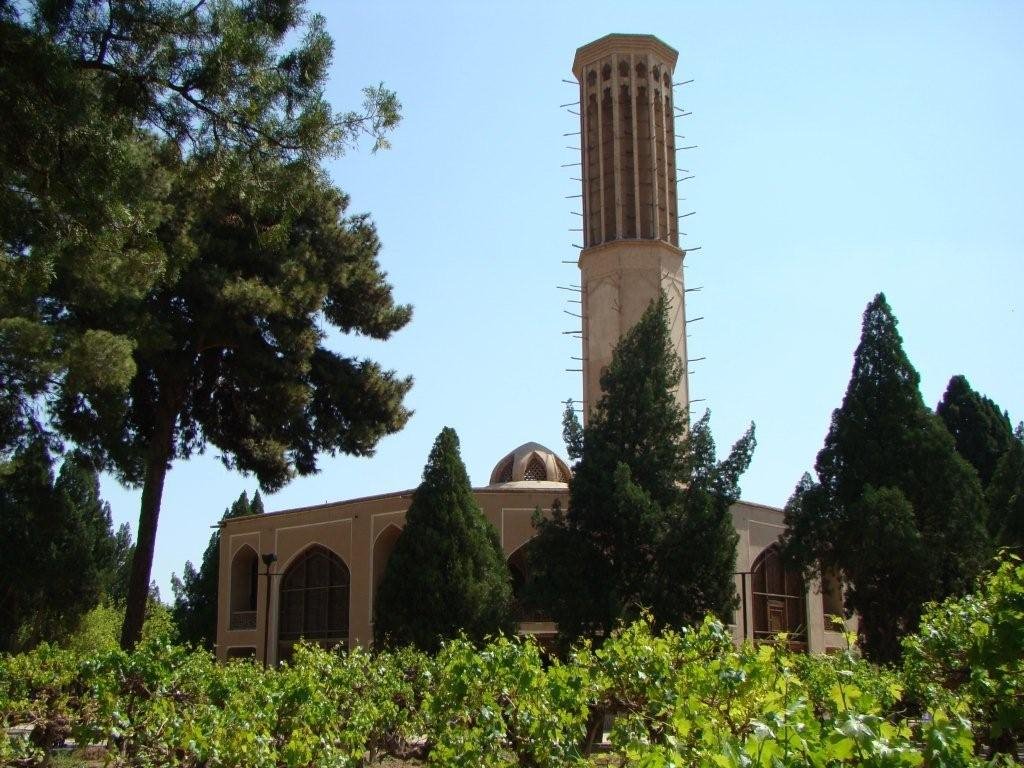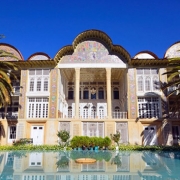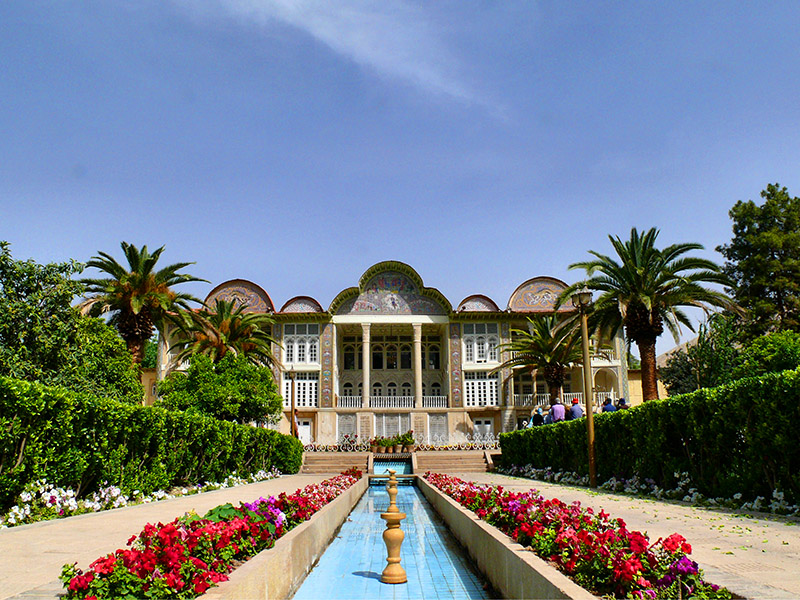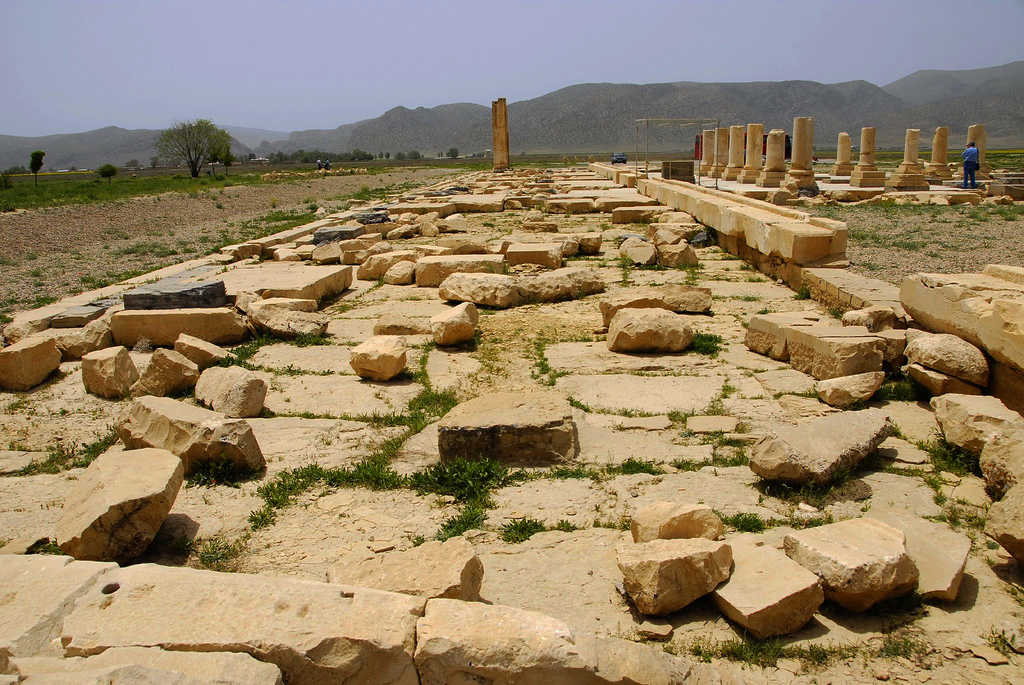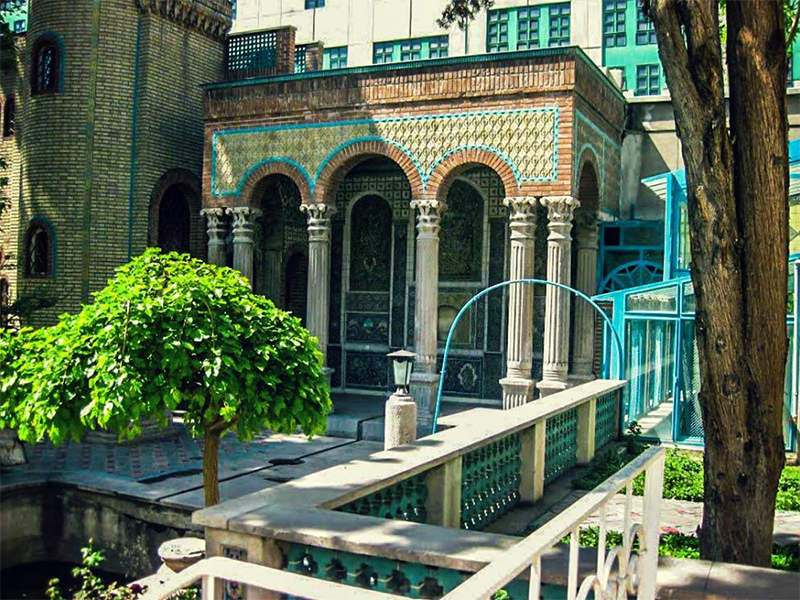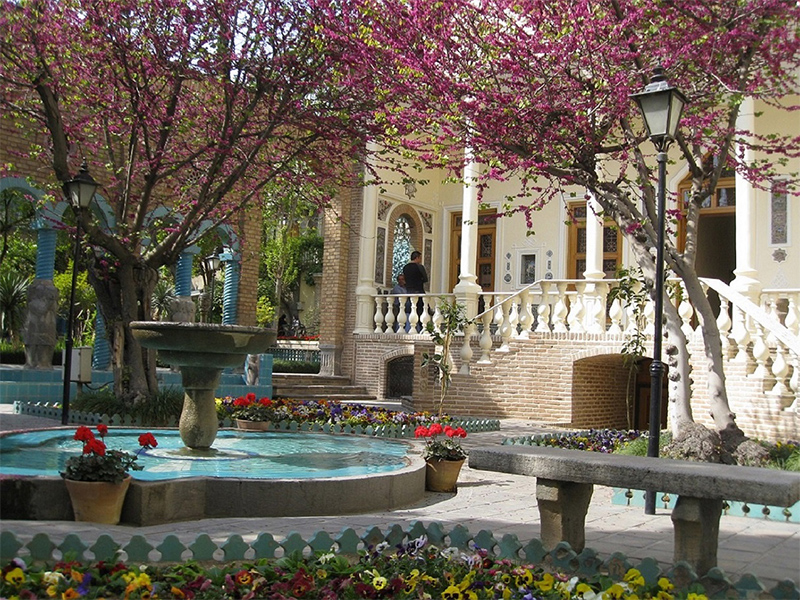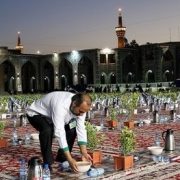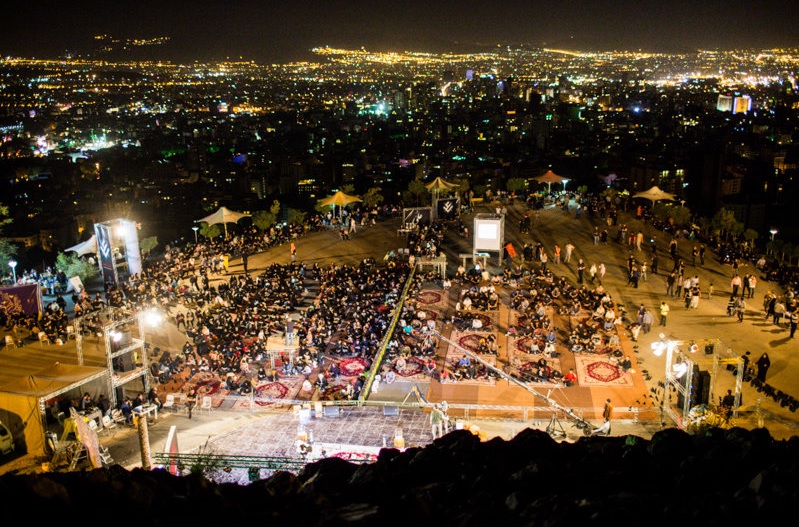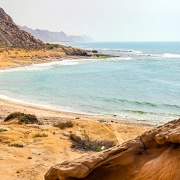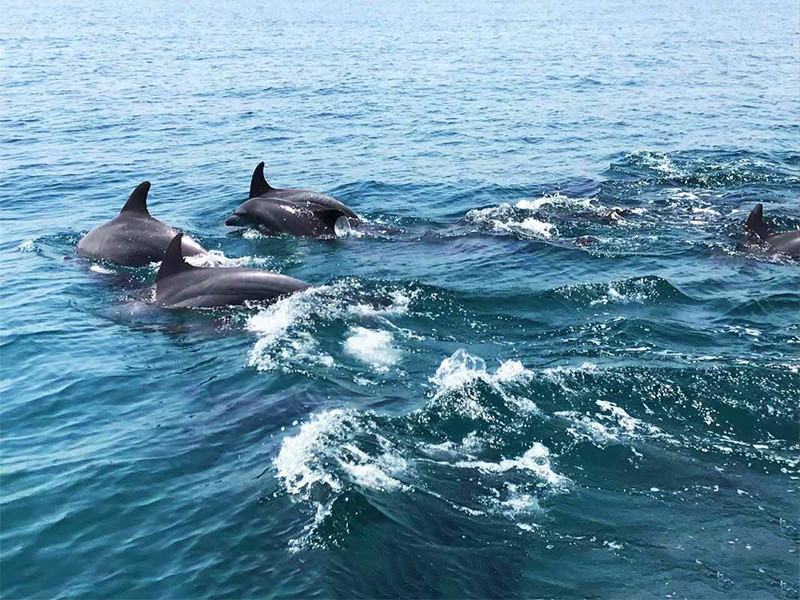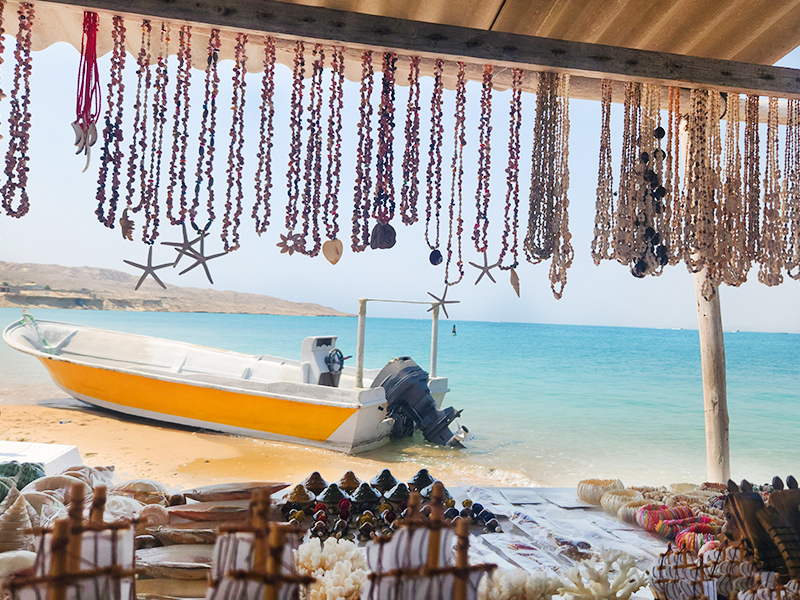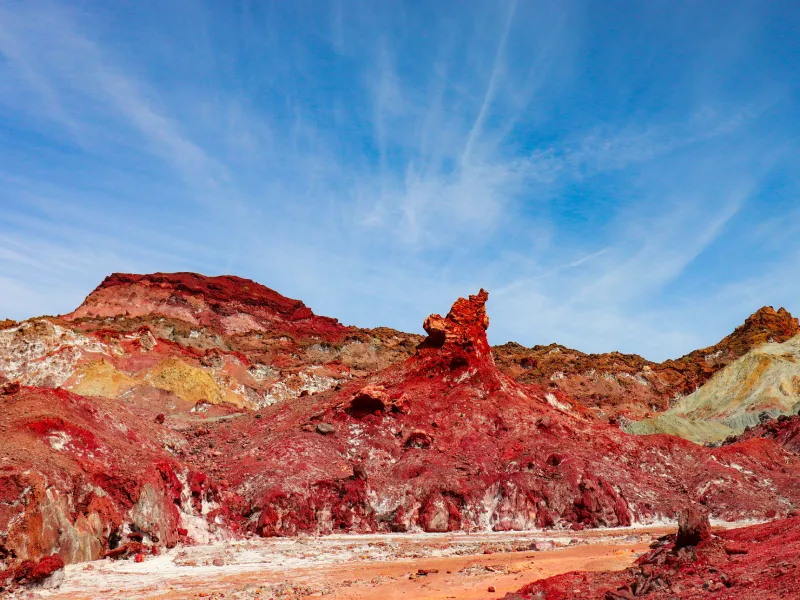Bandar Abbas is a port city and it is the capital of Hormozgan province. Many tourists visit Bandar Abbas as well as the islands close to it, especially Qeshm and Hormoz. Bandari women’s dress, Fish market, Bazaar, Hindu temple, and Genoo Mountains are the attractions of this old city. Women wear veils, burqas, and chadors in various vivid colors; they have their own distinct way of clothing different from that of other cities such as Tehran or Shiraz.
As the capital of Hormozgan Province, this bustling port city serves as a vital commercial hub, with its bustling docks and thriving markets drawing visitors from near and far. Bandar Abbas is a destination that is sure to leave a lasting impression on all who visit. Let’s learn more about this magical city!
Bandar Abbas History
Bandar Abbas is a city located on the southern coast of Iran that boasts a rich history and cultural significance. The city’s past includes humble origins as a small fishing village, and it has since developed into a major maritime hub for Iran. With centuries of evolution and change, Bandar Abbas has been witness to a great deal of transformation.
In the 17th century, Bandar Abbas came under the rule of the Safavid dynasty, marking a significant shift in its history. The Safavids invested in the development of the city, expanding its infrastructure and promoting trade with distant lands.
It was during the Qajar dynasty in the 19th century when Bandar Abbas experienced a period of prosperity and growth. The city emerged as a major port for the export of goods such as spices, textiles, and pearls, contributing to Iran’s economy.
Bandar Abbas has remained a thriving center of commerce and industry in the modern era. The city’s crucial position has transformed it into a significant maritime trade hub, linking Iran to markets worldwide.
Bandar Abbas Meaning
The literal meaning of Bandar Abbas is “Port of Abbas” in Persian. “Bandar” translates to “port” or “harbor,” while “Abbas” is a common Persian name. The name is in honor of Shah Abbas I, the influential Safavid ruler who reigned during the 16th and 17th centuries and contributed significantly to the development and expansion of the city. Bandar Abbas’s name reflects its historical importance as a maritime center and its enduring legacy as a hub of trade and commerce in the region.
Bandar Abbas Tourism
Bandar Abbas is a city steeped in history and culture, with many fascinating sites waiting to be explored. One such site is the ancient Hormuz Fort, built by the Portuguese, which boasts breathtaking views of both the city and the Persian Gulf. It’s a must-see for anyone visiting the area.

Fish Market in Bandar Abbas
There is a beautiful place called Hormuz Island that has many colorful landscapes, clean beaches, and pretty art. People who love nature will enjoy going to the Hara Biosphere Reserve, which is a special place protected by UNESCO. There, you can see many different kinds of plants and animals that are not found in other places.
Moreover, the vibrant Old Town in Bandar Abbas is home to authentic markets, mosques, and historic structures such as Kolah Farangi Mansion that offer a glimpse into the city’s rich past and present.
Since Bandar Abbas has a strong fishing industry, its fish market close to the seafront is one of the places tourists would love to visit. It is spectacular for taking photos, especially in the early morning when there is a variety of seafood. You can also enjoy the most colorful part of the city in the Bazaar, where you can find lots of delicious local foods and many colorful clothes.
Bandar Abbas Beach
Bandar Abbas Beach, along the sky-blue waters of the Persian Gulf, captivates visitors with its serene beauty and tranquil ambiance. The beach offers soft golden sands that invite sun-seekers to unwind and bask in the warmth of the sun. The gentle lapping of the waves creates a soothing melody, while the salty breeze carries the scent of the sea, refreshing the senses.
Palm trees sway lazily in the breeze, providing welcome shade for picnickers and beachgoers seeking respite from the midday heat. As the sun sets in a blaze of fiery hues, the sky transforms into a canvas of vivid oranges and pinks, casting a magical glow over the shimmering waters. Bandar Abbas Beach offers a peaceful escape where visitors can enjoy nature’s beauty and find moments of serenity amidst the hustle and bustle of city life.
Bandar Abbas Weather & Temperature
Bandar Abbas experiences a subtropical desert climate characterized by hot summers and mild winters, making it a destination favored by sun-seekers year-round. During the summer months, temperatures soar, often reaching upwards of 40 degrees Celsius, creating humid conditions.
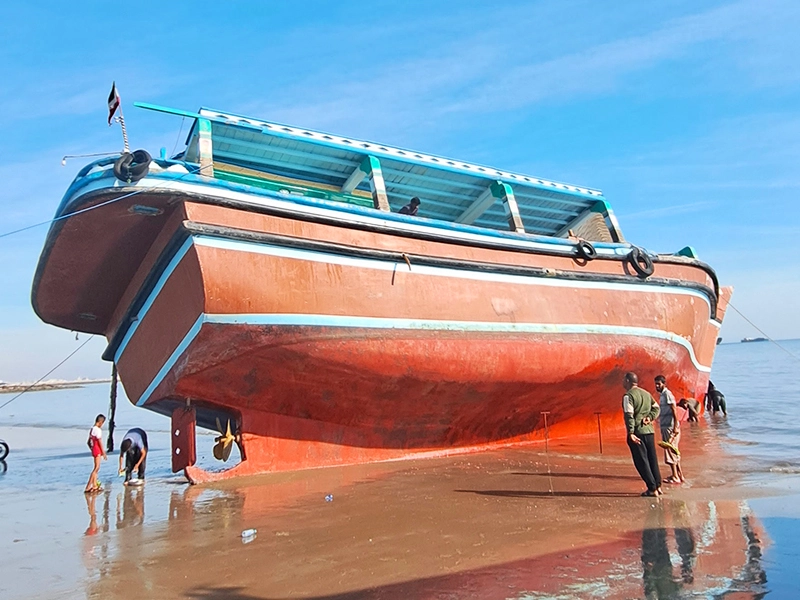
Bandar Abbas Beach
The relentless sun beats down upon the city, casting intense heat over the arid landscape. However, relief can be found in the cooling sea breezes that sweep in from the Persian Gulf, providing a welcome respite from the heat.
In contrast, winters in Bandar Abbas are relatively mild, with temperatures averaging around 20 degrees Celsius. Clear blue skies and abundant sunshine are common throughout the year, making Bandar Abbas an ideal destination for those seeking warm weather and sunny days.
Bandar Abbas Port
Bandar Abbas Port holds strategic significance as one of Iran’s major marine gateways, serving as a vital hub for trade and commerce in the region. Situated on the southern coast along the Persian Gulf, the port facilitates the import and export of goods, playing a crucial role in Iran’s economy. Its strategic location provides access to key international shipping routes, connecting Iran to markets across Asia, Europe, and Africa.
As a gateway for oil exports, Bandar Abbas Port contributes significantly to Iran’s petroleum industry, handling vast quantities of natural oil and petrochemical products. Additionally, the port supports a diverse range of industries, including manufacturing, agriculture, and textiles, by facilitating the transportation of goods to and from global markets.
Bandar Abbas Things to Do
There are many fascinating places to visit in Bandar Abbas. Galedary Historical Public Bath is one of the places to visit in Bandar Abbas. Dating back to the Safavid era, this well-preserved bathhouse features intricate tilework, domed ceilings, and intricate carvings, providing a window into the bathing rituals of centuries past.
If you’re a Seafood lover, then you might also enjoy visiting the Fish Market of Bandar Abbas. The Bandar Abbas fishing market bustles with activity as fishermen bring in their daily catches, offering a vibrant display of fresh seafood straight from the Persian Gulf. You can enjoy the lively atmosphere, browsing the stalls filled with an array of fish, shrimp, crabs, and other marine delicacies while experiencing the authentic sights and sounds of this bustling marketplace.
If you have enough time, take a glance at a Hindu temple that is a stone building with a conical dome. In fact, it was constructed in the late 19th century for the Indian community working for the British East India Company.
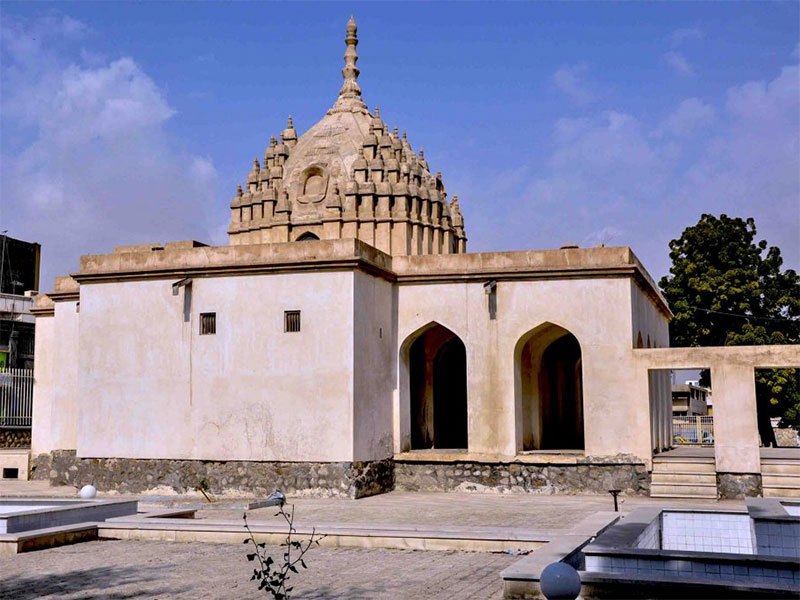
Hindu Temple, Bandar Abbas
Furthermore, the Genoo Mountains that lie in the northwest of Bandar Abbas have relatively moderate weather different from the hot weather of this city, and then it could be considered as one of the environmental and recreational areas that attract tourists to spend a good time there.
Bandar Abbas Map
Bandar Abbas Map highlights the city’s strategic location along the southern coast of Iran, located between the rugged mountains and the sky-blue waters of the Persian Gulf. It showcases important landmarks such as the historic Old Town, renowned for its traditional bazaars, mosques, and winding alleyways. Additionally, the map features notable sites such as Hormuz Island, famous for its colorful landscapes and vibrant art installations, and the Hara Biosphere Reserve, a UNESCO World Heritage Site renowned for its rich biodiversity.
With detailed street names, landmarks, and points of interest, the Bandar Abbas Map serves as a valuable tool for navigation and exploration, allowing visitors to discover the hidden gems of this dynamic city.
Conclusion
Bandar Abbas is a remarkable reflection of Iran’s fascinating legacy and cultural inheritance. The city, which has evolved from its ancient roots to its present-day status as a bustling port city, has played a crucial role in shaping the country’s economy and identity. With its advantageous location, lively culture, and optimistic future, Bandar Abbas remains an urban center of boundless opportunities.
Are you planning to travel to Iran? Check out our Qeshm island tour.
